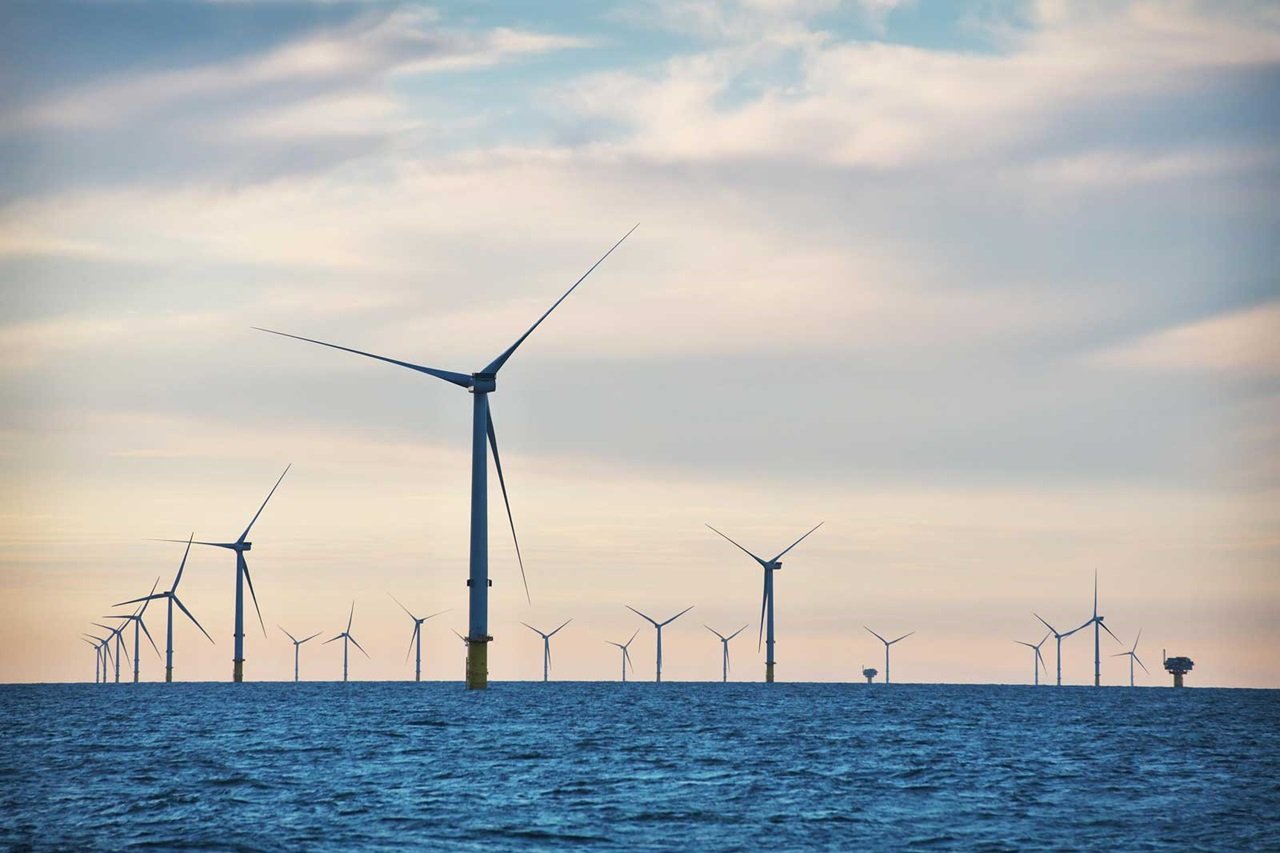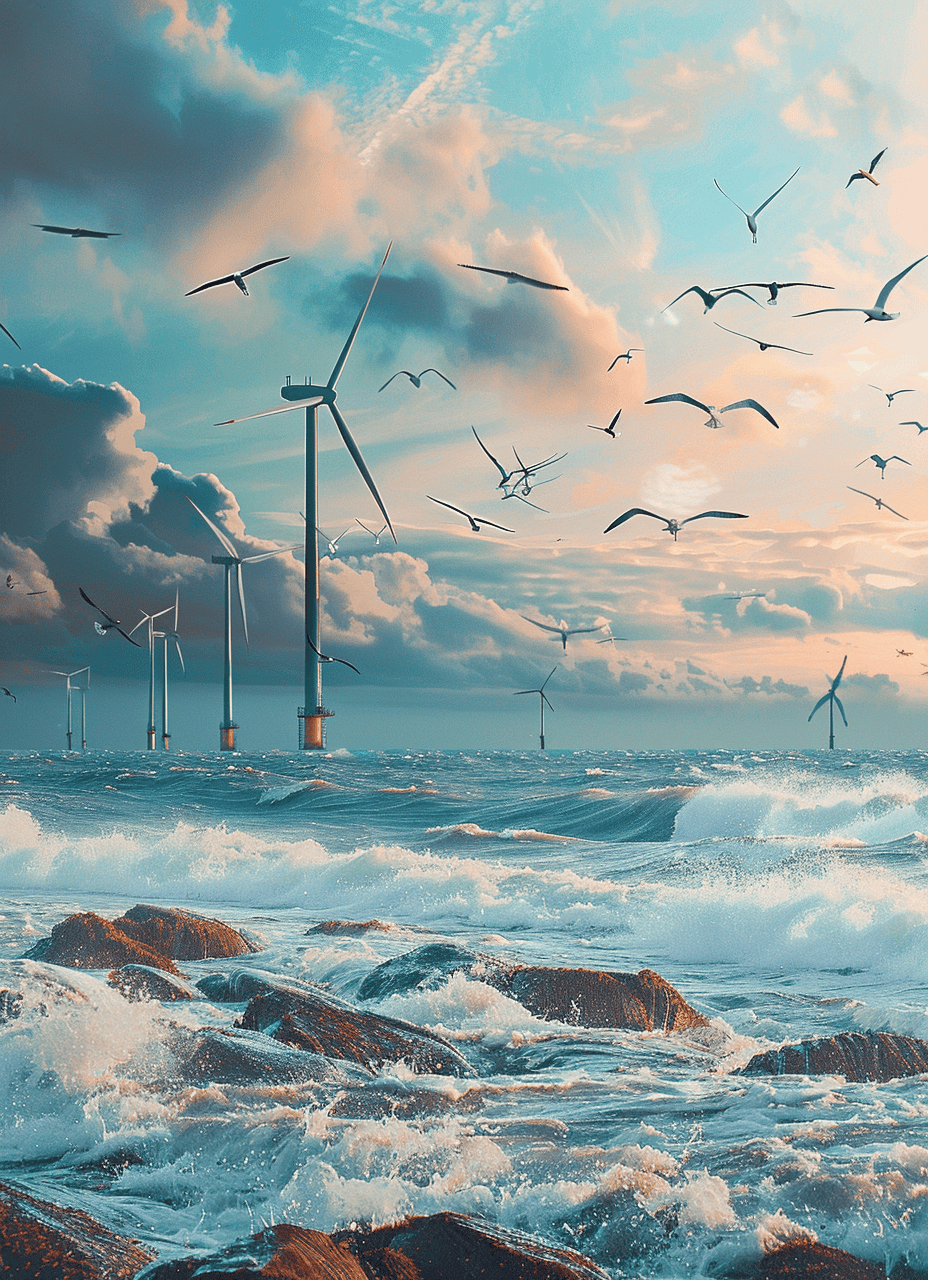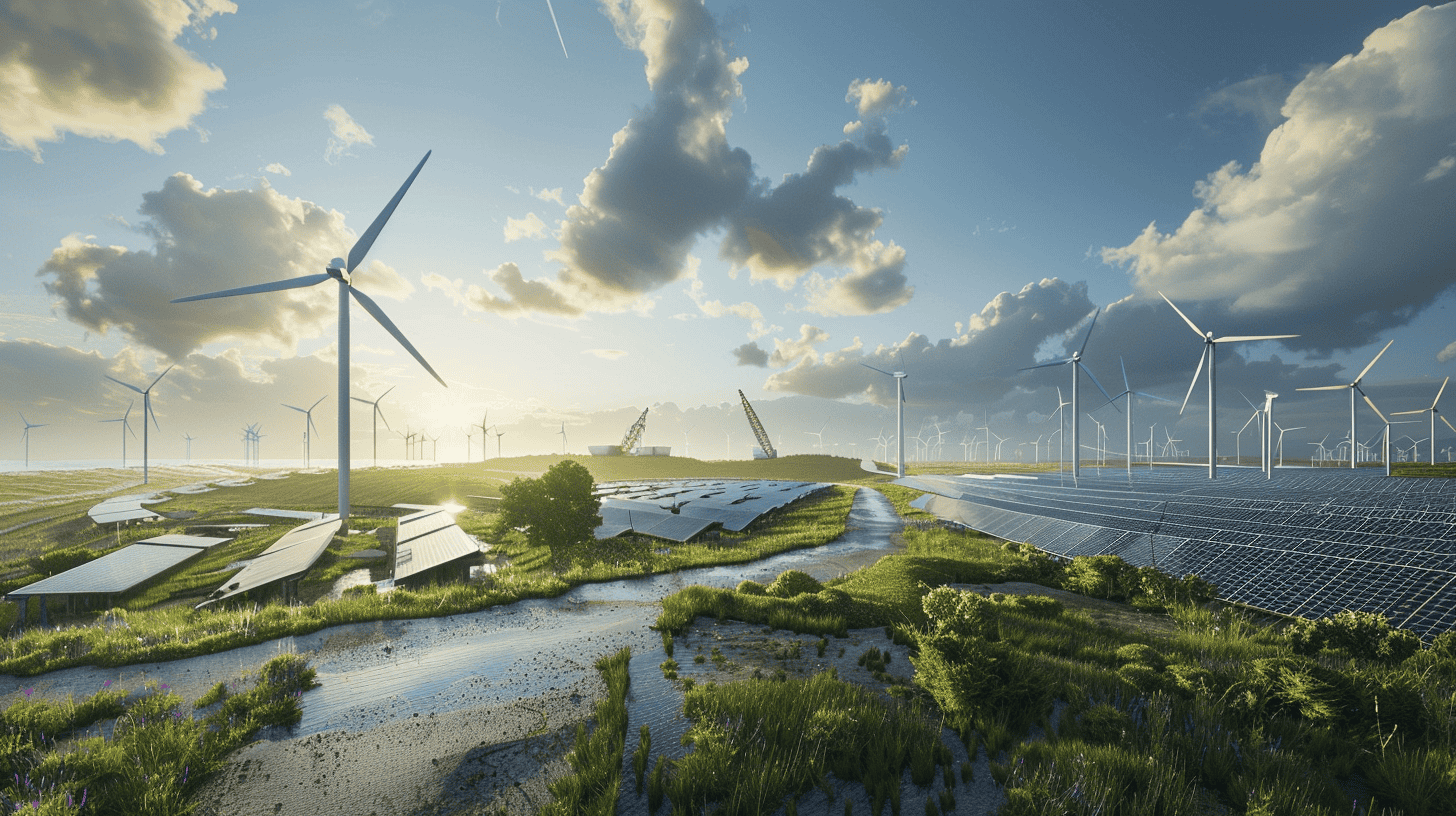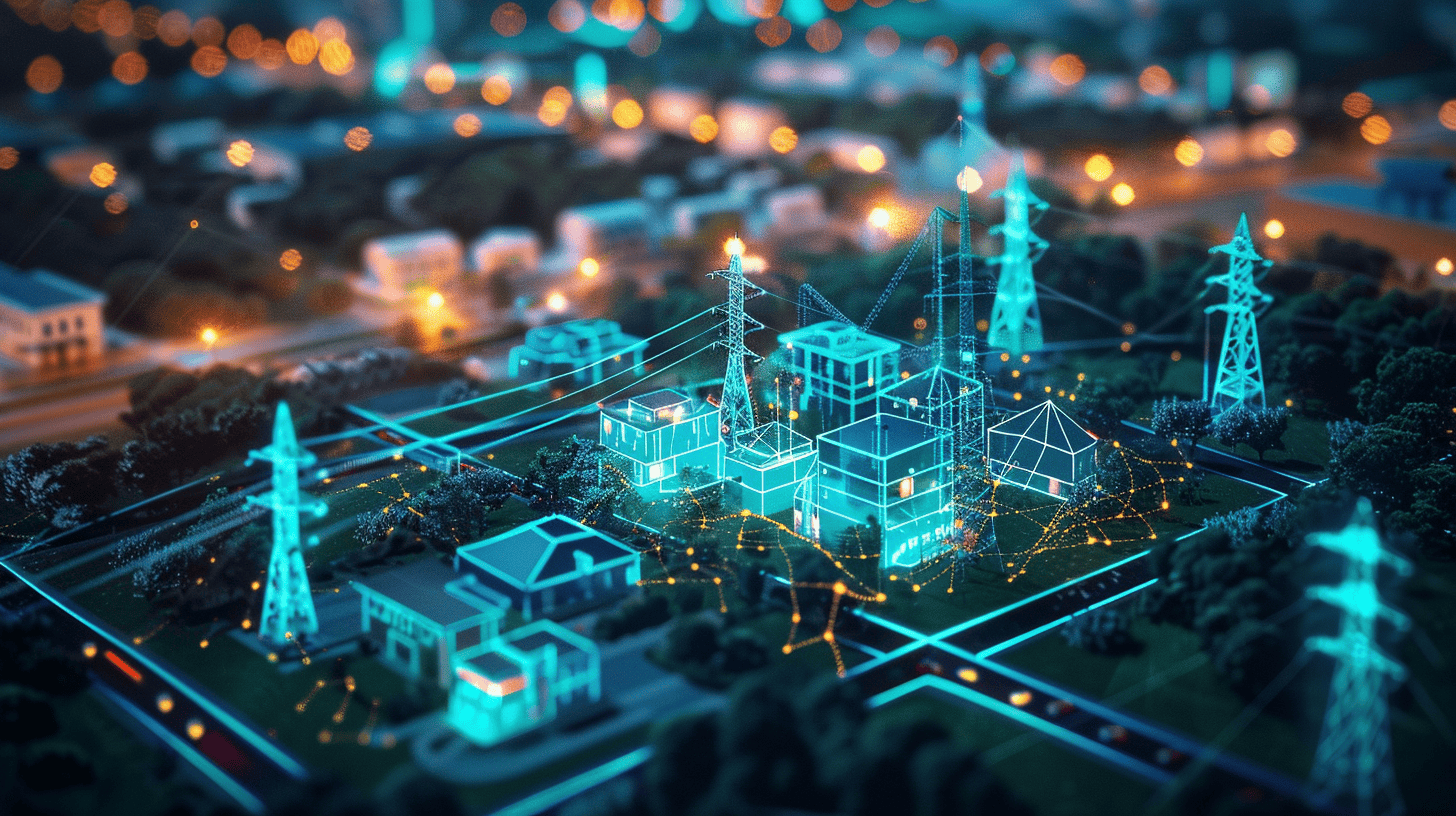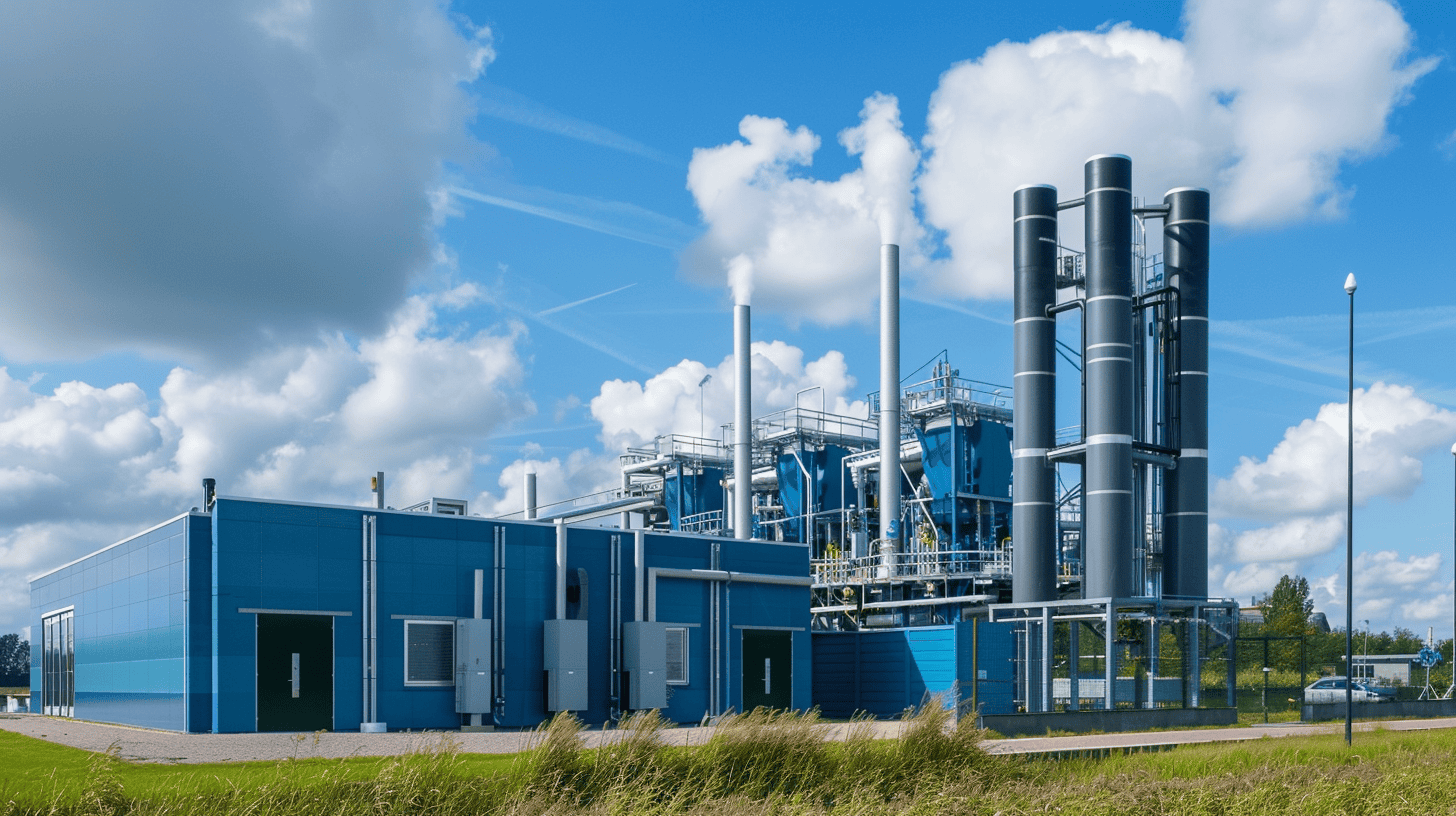
Last week, energy developers Corre Energy and SemperPower announced the construction of a 320 MW compressed air energy storage facility in Zuidwending, in the North of the Netherlands. Aiming to reduce CO2 emissions by 70,000 tonnes annually, this facility promises to be a keystone in renewable energy storage, delivering stability and green jobs. With a strategic location near wind and solar farms, the plant will act as a grid-balancing solution for the Netherlands. But what is compressed air energy storage? In this episode of the GREEN+ spotlight, we zoom into it.
Why this is important
As renewable energy production surges, storage facilities need to follow suit. Since the Dutch morphology doesn’t allow for solutions like pumped hydropower solutions to store electricity, other options have to be considered. Compressed air energy storage is one of them.
Understanding compressed air energy storage
Compressed air energy storage (CAES) is a method to store energy generated at one point for use at another time, making it a key player for energy systems with fluctuating supply and demand. The process involves compressing and storing air underground, usually in salt caverns or aquifers. When electricity is needed, the pressurized air is released to drive a generator, effectively transforming the potential energy back into electrical energy. This technology is particularly beneficial for balancing the grid during peak load periods.
The Groningen project, a collaboration between Corre Energy and SemperPower, will leverage this CAES technology to create a robust energy storage system. Given its proximity to offshore wind and solar farms, the facility will store excess renewable energy effectively, thus supporting the energy transition towards a more sustainable future.
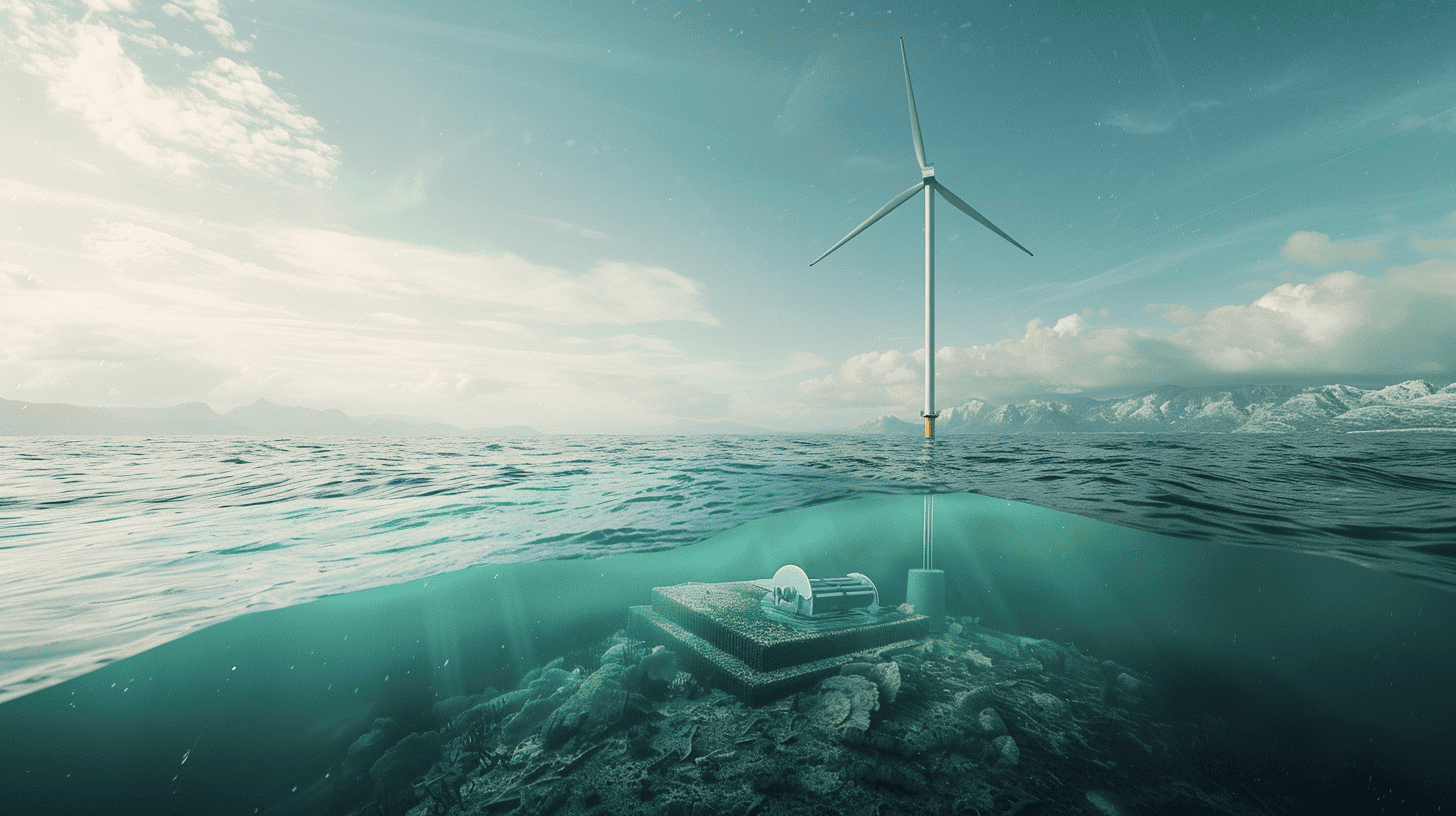
Pros and cons of CAES
CAES boasts several advantages. It can offer immense energy reserves for the grid, similar to pumped-hydro power plants, but often at competitive capital and operational expenditure. Moreover, CAES plants, like the one planned for Groningen, can have a significant positive impact on the environment by reducing emissions. The technology is also highly scalable and can provide long discharge times, making it suitable for large-scale applications with high energy capacity and a long lifespan of around 40 years.
However, CAES is not without drawbacks. One of the main criticisms is its efficiency, which typically ranges between 40-70%. Energy is lost as heat during compression, which cannot be fully recovered during power generation. Additionally, CAES systems have been dependent on the combustion of fossil fuels during the discharge process, although modern advancements are aiming to eliminate this requirement. Furthermore, CAES requires specific geological formations for air storage, limiting potential site locations.
The Groningen CAES project in detail
The Groningen CAES facility is set to reach financial close by late-2025 with an estimated capital expenditure of €300m. The joint venture between Corre Energy and SemperPower is planning a large-scale battery storage alongside the CAES system, which will create a multi-duration storage hub capable of providing immediate grid support.
With an initial investment of €7m and a capex investment of about €300m, the project is expected to deliver recurring annual income underpinned by a long-term offtake agreement. This will ensure revenue stability for the venture and contribute to the broader economic and environmental goals of the region. It is anticipated that the plant will start commercial operations in 2026, providing critical storage to meet future energy consumption needs.
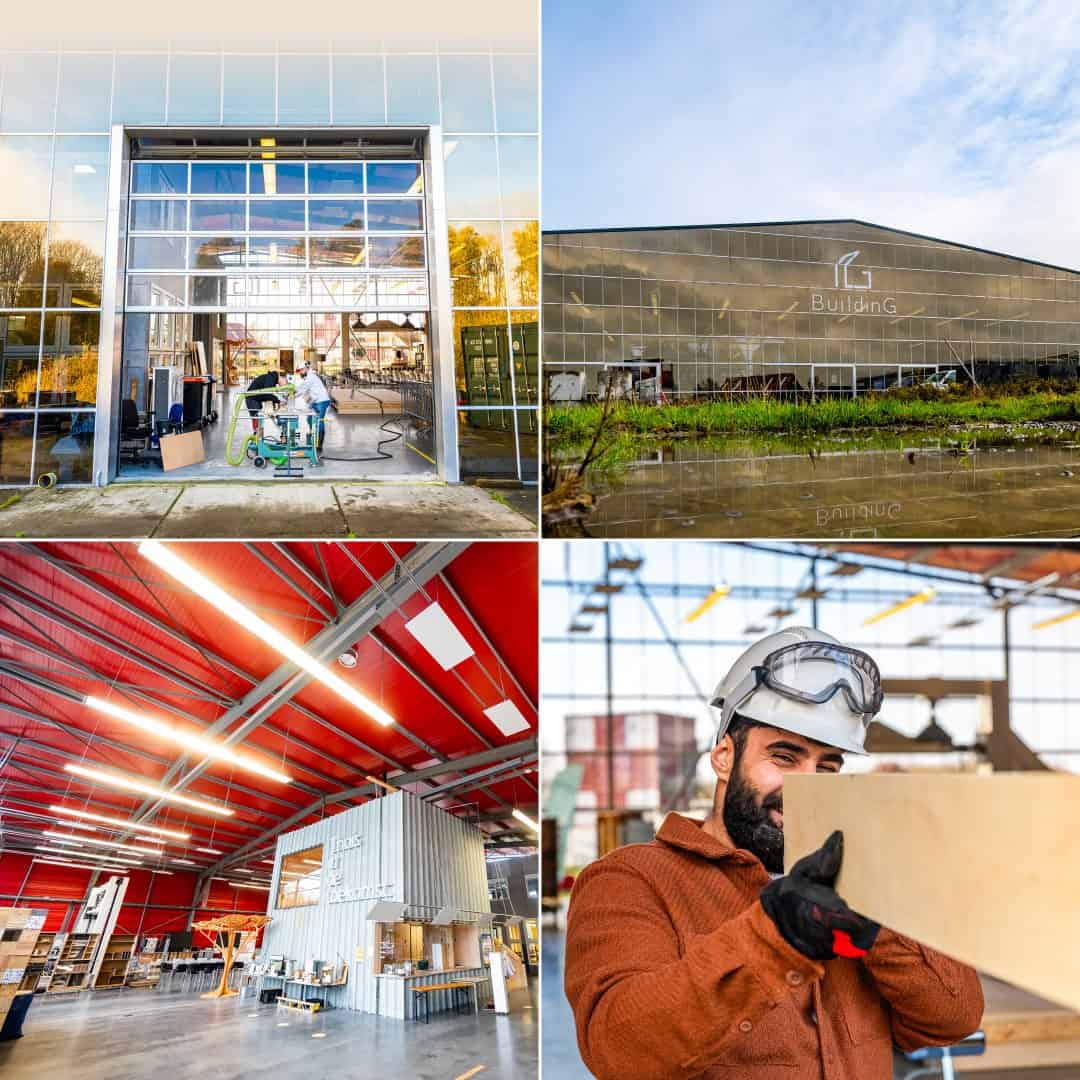
Future of CAES
The role of CAES in the energy landscape is becoming increasingly significant as the world shifts towards renewable energy sources. With the intermittent nature of wind and solar power, storage systems like CAES are crucial for ensuring a reliable supply of electricity. The technology is also evolving, with researchers exploring adiabatic and isothermal methods to increase efficiency and reduce dependency on fossil fuels.
Moreover, the integration of CAES with other energy systems, such as seawater desalination, is being studied to maximize its benefits. While the technology still faces challenges, its potential for providing a stable, long-term energy storage solution makes it an attractive option for the future of renewable energy integration.



